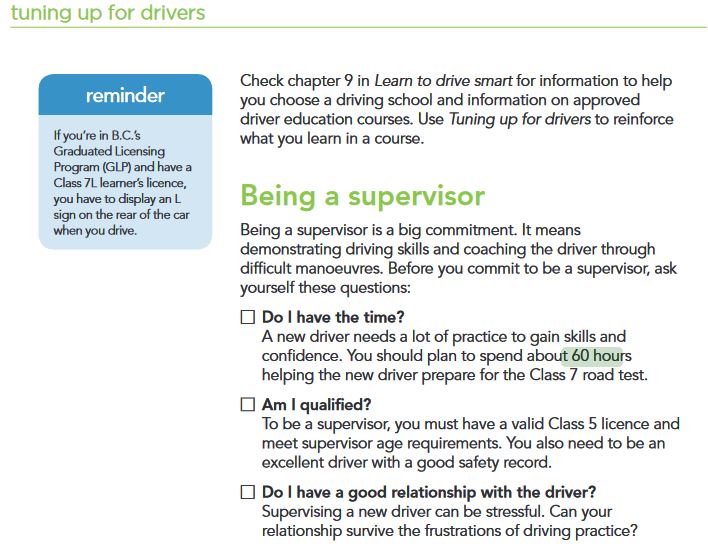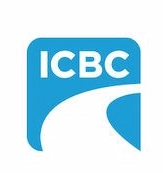https://www.icbc.com/driver-licensing/new-drivers/Documents/driver-experience-log.pdf

Your First Twenty Hours
The fine muscles in your ankles and wrists take time to develop and give your foot and hands accurate enough control to move the car smoothly. Merging your hands and feet with your eyes so they all work as a single unit also takes time to develop to move smoothly.
Add to this controlling the positioning of your car accurately, always in the proper space, plus managing the speed of your vehicle, with the flow, and slowing down to low, low crawls again takes time.
Next Twenty Hours
Learning to read all lines, signs, lights, and overhead signs takes time. Additionally, many laws, right of ways, and general rules and bylaws need to be applied as you move through a wide variety of road and intersection configurations.
At times this can be overwhelming and confusing, all the while continuing to place and control the car in the precise proper location.
Last Twenty Hours
Then we add traffic, other cars and trucks, bikes, motorcycles and pedestrians. The variations of all these moving objects are endless, surprising and often confusing.
And all the while, you must be aware of the signs, lines and laws and keep your car in the exact required location and under control.
ICBC recommends you drive a total of sixty hours before attempting a 7L driving test.
Good Luck!

You can also download the 60-hour reference in the ICBC ‘Tuning Up For Drivers‘ manual.





Comments are closed